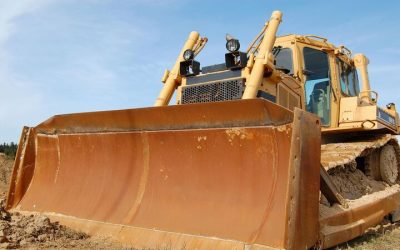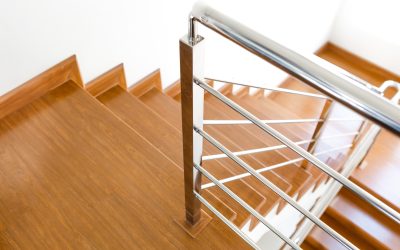An industrial scale could be an absolutely indispensable part of your business. They help you determine how much weight your different machines can bear, set shipping costs, and price various materials and products. Your scale helps you create a straightforward and reliable business process; however, your scale is only as useful as it is accurate. There are many different kinds of scales and many different load cell manufacturers. Some produce quality products and some do not. The difference is often the kind of cell they’re manufacturing to weigh the load. Also, load cells come in many different styles and varieties. There are advantages and disadvantages to practically all of them.
Strain Gauge Load Cell
There are many different kinds of load cells that can placed on platform scales. The most common are strain gauge cells, which are also called tension cells. A load cell typically contains four strain gauges. They measure the amount that a load deforms the cell, and then transmit this deformation or strain as a change in the amount of electrical resistance. The change in electrical resistance can be translated as the weight of an item. They need to be carefully calibrated, and they should never be overloaded. However, they are the most affordable and the most reliably calibrated models.
Although they are reliable, you still may encounter some issues inherent in all mechanical configurations. For example, the cells have to be properly mounted or they will render improper results. They can also be easily overloaded. If they are, they won’t return to their original shape and will no longer render an accurate reading. They can also be damaged by overloads of electricity, such as from lightning or arc welding performed near your scales. You should make sure that you a find a supplier that offers warranties in case you do encounter any of those issues.
Hydraulic Load cells
Load cell manufacturers are very fond of creating hydraulic load cells. They are popular because they don’t deform under overload the way that strain gauge cells do. They are constructed as a cylinder and piston, whereby the piston sits inside a cylinder full of oil. When the load is placed on the scale, the pistol depresses into the oil. Since the oil has nowhere to go, it increases in pressure. That increase in pressure is registered as the weight of the item. They are great for hazardous areas because they have no electrical components. However, they are much more expensive than other types of technology, so they have a hard time competing with strain gauges. They’re also not as easily adjustable as an item with electrical components.







